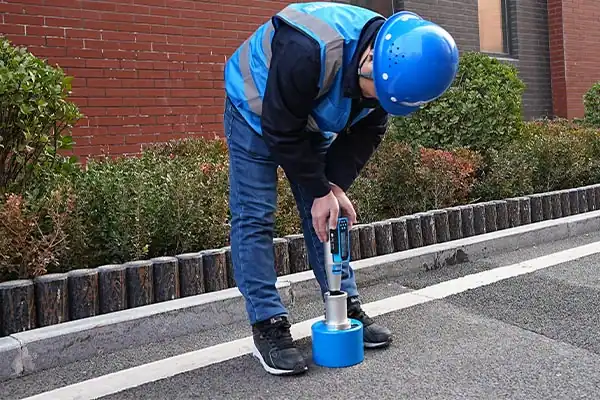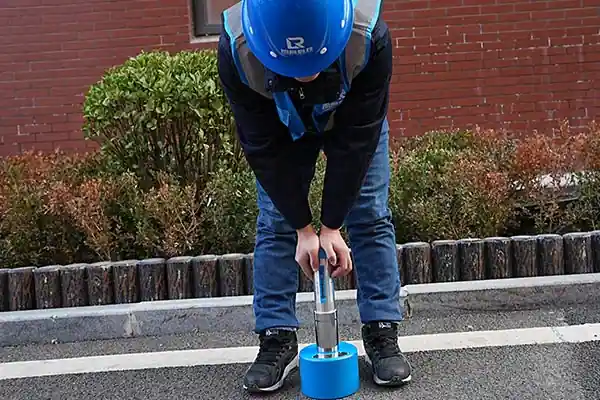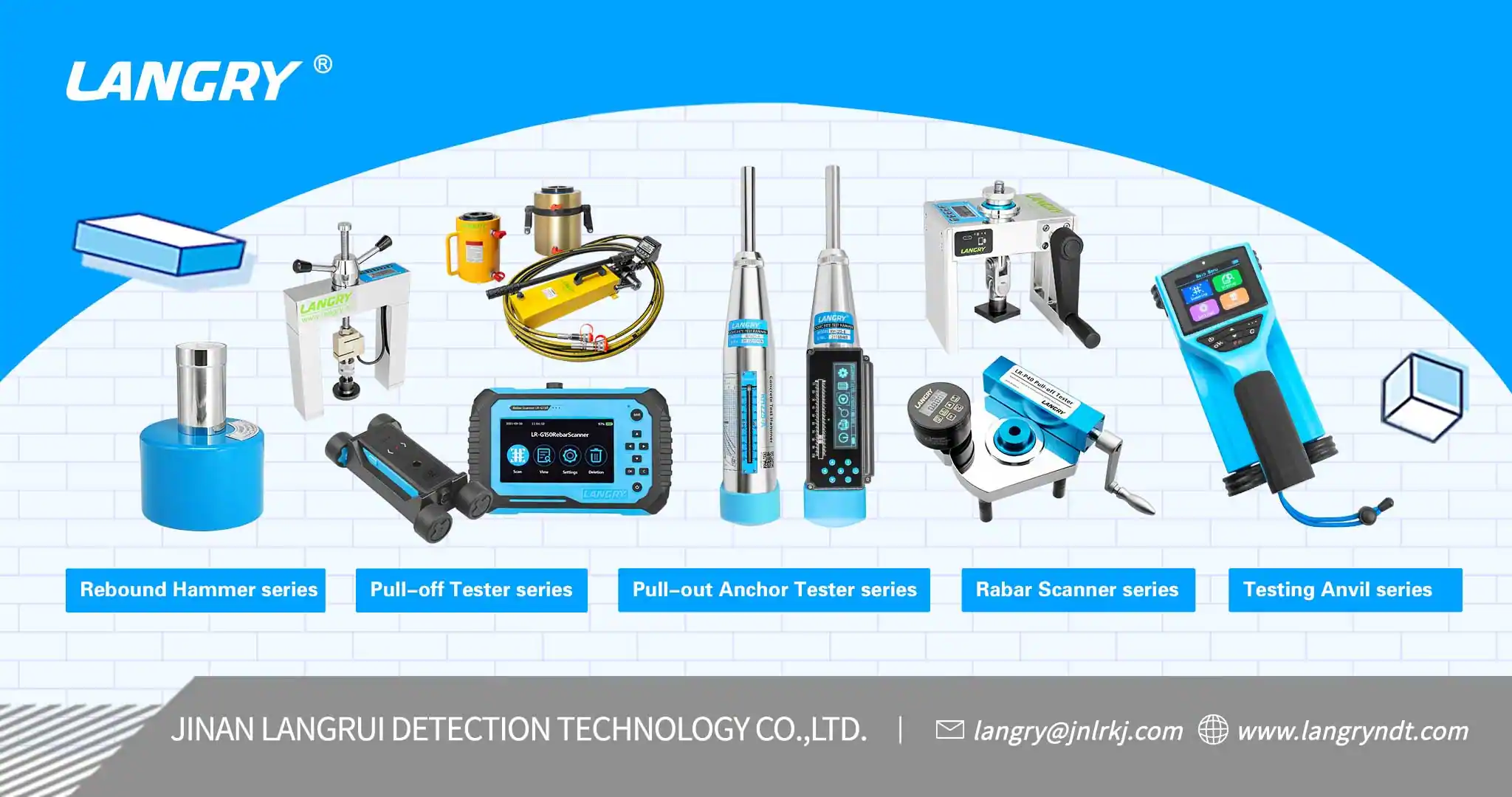In the realm of concrete testing, the Schmidt hammer stands as a stalwart companion, providing invaluable insights into material integrity. To harness its full potential, a deep dive into Schmidt hammer calibration becomes imperative.

Unveiling the Essence of Schmidt Hammer Calibration
Schmidt hammer calibration is the cornerstone of precise concrete assessments. This meticulous process involves subjecting the rebound hammer to a series of tests, with the anvil test taking center stage. Understanding the intricacies of this calibration process is pivotal for professionals in construction, material testing, and infrastructure maintenance.
The Anvil Test: Assessing the Core of Calibration
The anvil test, also known as the test anvil or anvil hammer test, is a critical component of the calibration process. It serves as the litmus test for the reliability and accuracy of the rebound hammer. By subjecting the hammer to a known force on the test anvil, professionals can evaluate the rebound values and make necessary adjustments.
Pros and Cons of Rebound Hammer Calibration
Pros:
Accuracy: Calibration ensures that rebound hammers deliver precise and consistent results.
Reliability: Proper calibration enhances the reliability of concrete assessments in various applications.
Quality Assurance: Regular calibration serves as a quality control measure, instilling confidence in the accuracy of measurements.
Cons:
Time-Consuming: Calibration can be time-intensive, requiring careful attention to detail.
Expertise Required: Achieving optimal calibration demands a level of expertise and familiarity with the equipment.
Instrument Wear: Over time, the rebound hammer may experience wear, affecting calibration accuracy.

Optimizing Calibration for Superior Results
To maximize the benefits of Schmidt hammer calibration, professionals must prioritize the quality of the test anvil. A well-crafted and precisely engineered test anvil ensures the accuracy of the calibration process, contributing to reliable concrete assessments.
Navigating Challenges in Rebound Hammer Calibration
While calibration is integral, it's crucial to address challenges that may arise. Regular maintenance, understanding the impact of environmental conditions, and staying updated on industry best practices contribute to overcoming potential hurdles.
Conclusion: Precision Redefined
In conclusion, Schmidt hammer calibration, with its focal point on the anvil test, is an indispensable practice for professionals seeking accurate concrete assessments. Embrace the nuances of calibration, leverage the advantages, and mitigate challenges to redefine precision in your field. Elevate your standards, optimize your equipment, and ensure that your concrete assessments stand the test of accuracy.



Previous: Langry's Success at Intergeo 2023
Next: Unveiling the Best: LR-G300 vs LR-G200 - A Steel concrete scanner Showdown